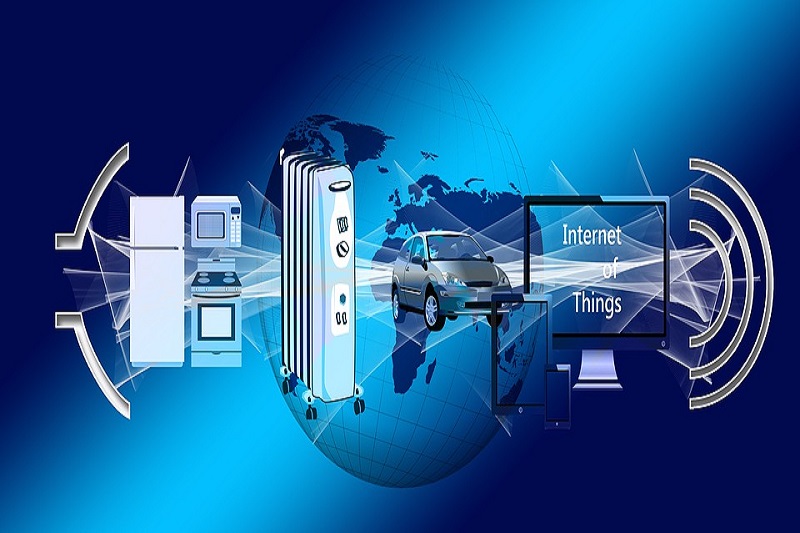
The market share of the Internet of Things (IoT) in Indonesia, according to the Indonesian Minister of Industry, is expected to grow rapidly.
As reported, the value of IoT in the country is expected to reach US$ 30 billion (IDR 444 trillion) by 2022.
The reported value is a summation of all the contributions of several components: content and application, platform, IoT devices, and networks and gateways.
The value of content and application is expected to reach US$ 13.1 billion (IDR 192.1 trillion); the platform will be contributing US$ 11 billion (IDR 156.8 trillion); IoT devices is expected to reach US$ 3.8 billion (IDR 56 trillion); and the networks and gateways will reach US$ 2.7 billion (IDR 39.1 trillion).
The Minister furthered that there are 5 digital technologies fundamental in implementing Industrial Revolution 4.0 in Indonesia.
These technologies are IoT; artificial intelligence (AI); augmented reality and virtual reality (AR/VR); advanced robotics; and 3D printing.
However, the focus for now should be, according to him, on IoT, and that is what the young generation needs to master.
IoT comprises of the networks of physical devices, vehicles, household appliances, and other items with electronic devices, software, sensors, actuators, and connectivity.
IoT devices are able to connect to the internet and are capable of collecting and exchanging data.
Based on the Indonesian IoT Forum data, there are possibly around 400 million sensor devices installed in the country.
16% are in the manufacturing industry, 15% are in the health sector, 11% in insurance, and 10% in banking and security. Retail, wholesale, and computer repair sector all have 8% each.
Moreover, government has 8%, transportation has 6% and utilities have 5%. Real estate, business services and agriculture have 4% each. The remaining 3% is in the households.
The Government is currently developing the Palapa Ring, which is a 36,000 km fibre optic project in 440 cities in Indonesia.
This is being done in order to provide high-speed internet access for the country in 2019.
That way, no IoT connectivity problems will be encountered.
In order to successfully adapt to the changes brought about by IoT, the Minister of Communications and Informatics highlighted the significance of human resource (HR) development.
The Government is continuously facilitating initiatives that will accelerate the quality of the country’s human resources.
The government needs the involvement and cooperation of all stakeholders coming from the business sector, the academe and the community to make this successful.
















